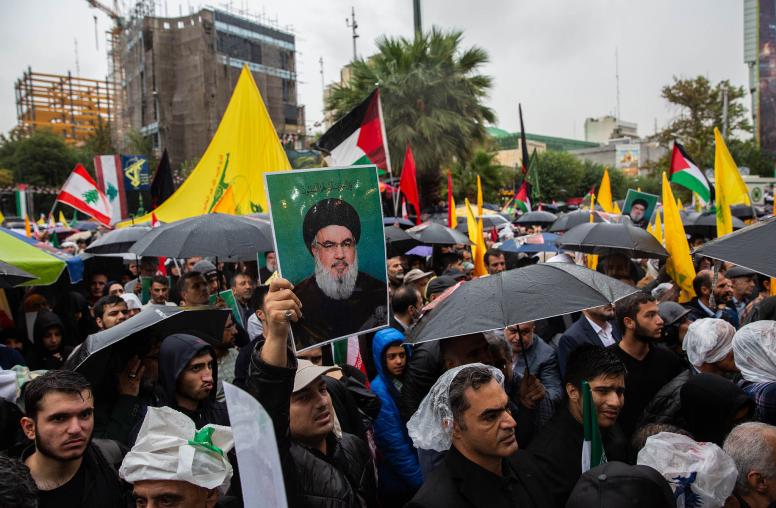Nuclear Flashpoints: U.S.-Iran Tensions Over Terms and Timetables
The second event in our three-part series explored key conflicts and possible trade offs in a final nuclear deal with Iran.

A final deal with Iran will have to sort out a dizzying array of timetables and disparate interpretation of terms. Among them: How many years will an agreement last? Iran prefers a few; the U.S. is thinking decades. Breakout time - how long it'd take to produce enough nuclear fuel for a bomb - is now estimated to be two months; how long will a deal defer it? When will Tehran have to take what action - and in what steps or phases? And when will the U.S. have to act - and how? As the last round of talks proved, Iran and the world's six major powers have deep differences on these basic questions and more.
To assess this period of pivotal diplomacy, an unprecedented coalition of eight Washington think tanks and organizations hosted three discussions to coincide with the last three rounds of talks. This second event explored key conflicts and possible trade-offs on June 10. A rundown and a video of the event is available on The Iran Primer.
The coalition includes the U.S. Institute of Peace, RAND, the Woodrow Wilson Center, the Arms Control Association, the Center for a New American Security, the Stimson Center, the Partnership for a Secure America, and the Ploughshares Fund. Speakers at the June 10 event included:
Speakers
Stephen J. Hadley, Moderator
Chairman of the Board, USIP
Jon Wolfsthal
Deputy Director, Center for Nonproliferation Studies
Daryl Kimball
Executive Director, Arms Control Association
Robert Litwak
Vice President for Scholars and Academic Relations, and Director, International Security Studies, Wilson Center



